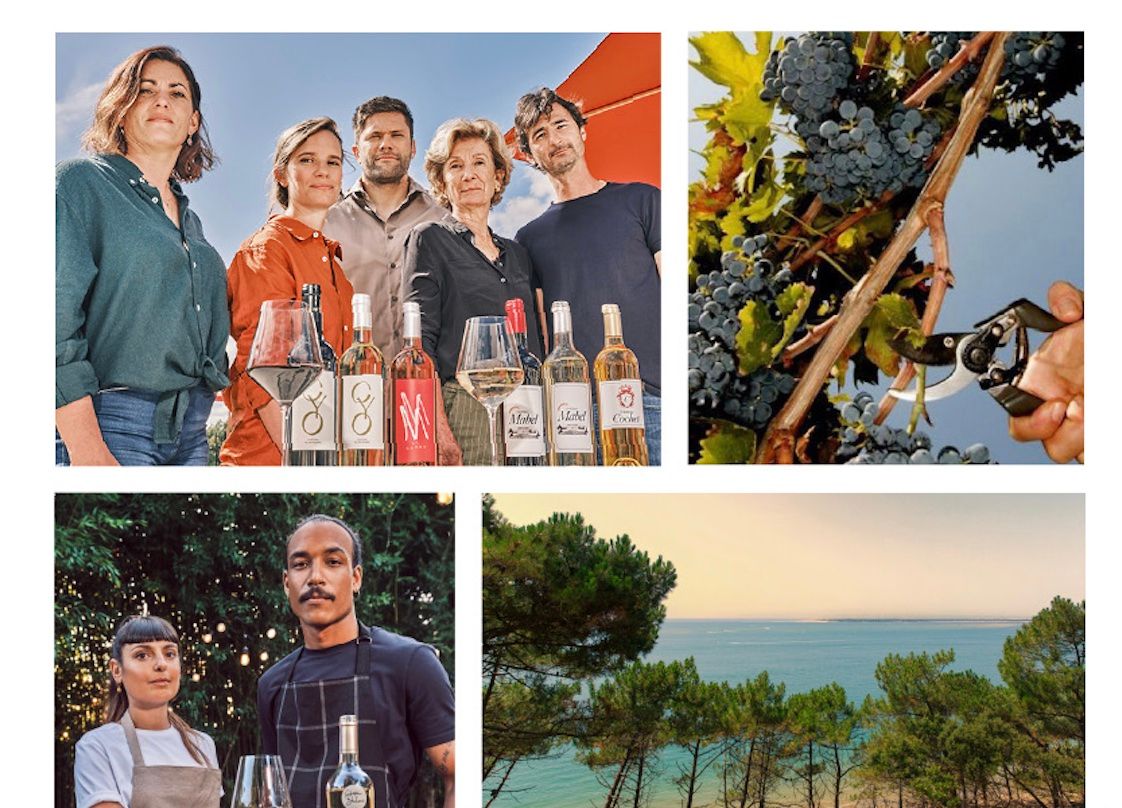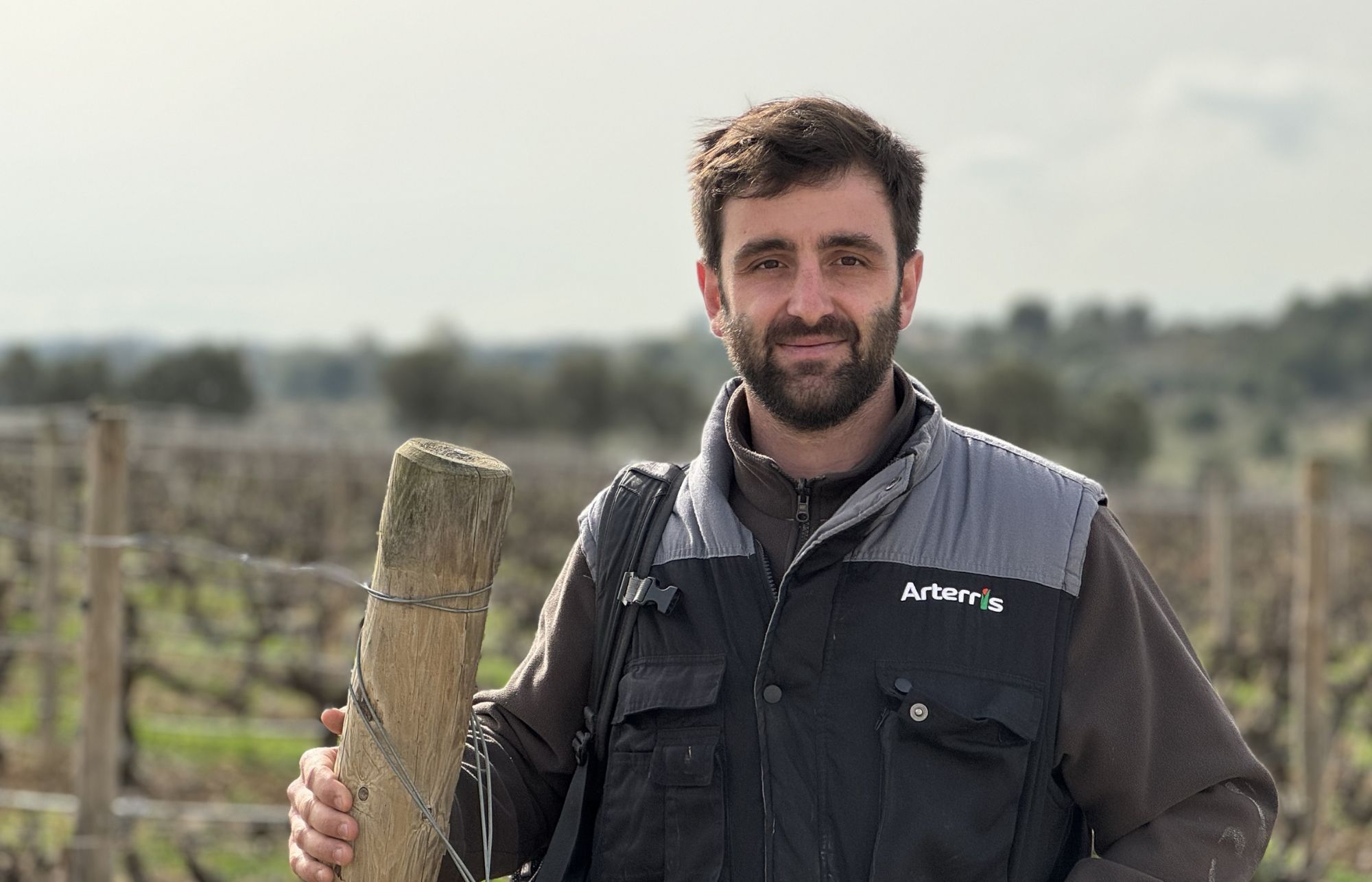When we talk about the botanicals that go in to the average craft gin, we don’t really think of a farmer actually growing a crop of rhubarb or elderflower as part of the process. But for Tom Warner and Warner Edwards it now means keeping a hive of bees to make its new Honeybee variant, as he tells Helen Arnold.
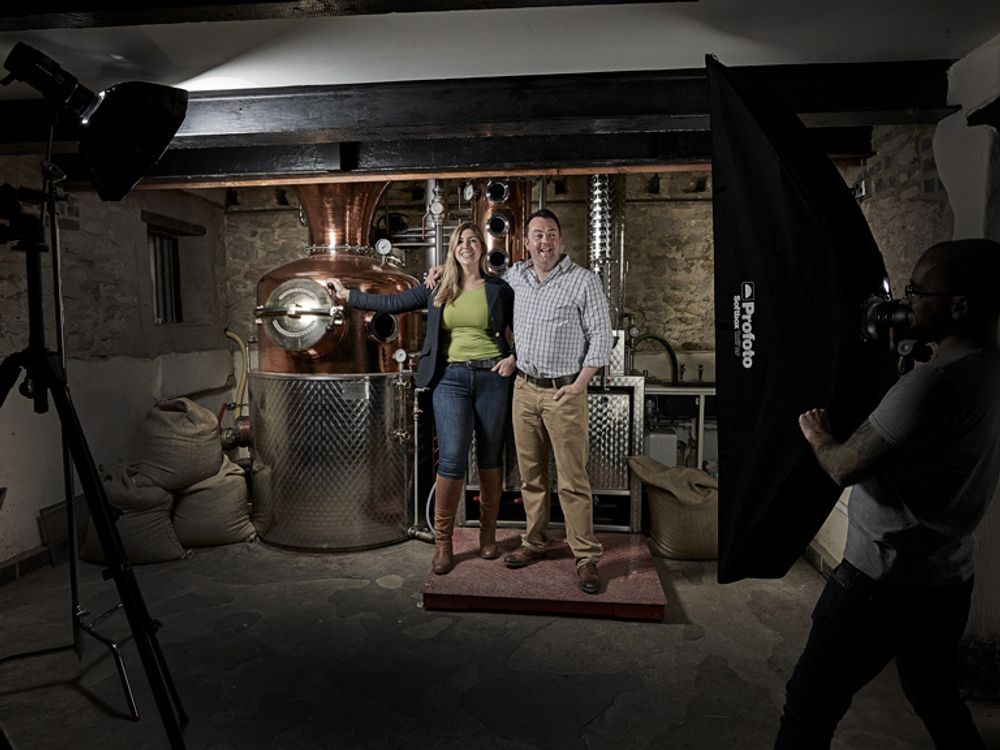
Behind the scenes with Tom and Tina Warner
It seems that barely a week goes by without yet another artisan gin launch. But anything new from the Warner Edwards stable, generally acknowledged to be one of the pioneers of the flavoured gin sector, invariably arouses enthusiasm amongst gin aficionados and the industry alike. This time round it has gone a step further to create a gin that actually looks to make a difference to the world around us. Well, at least a world that has more bees in it.
For its latest offering is Honeybee gin, which was launched exclusively in Fortnum and Mason last month. Not only has the gin had the drinks critics digging deep into their respective thesauruses for more superlatives to describe it – one even called it “reminiscent of an English garden” – but every bottle sold goes towards helping to save bees at the same time.
Saving bees
Why bees? While not quite an endangered species, the British honeybee population has been plummeting in recent years, part of the reason being modern farm practices and the erosion of wildflower meadows which bees are attracted to. Being brought up on the family farm, Warner Edwards’ founding partner, Tom Warner, decided he wanted to do something to help the plight of honey bees. To do so he thought he could rally the support of gin lovers across the UK to their cause by attaching a packet of wildflower seeds to every bottle of Honeybee to help boost the planting of bee-friendly gardens.
Here’s Tom Warner explaining in his own inimitable style how the Honeybee gin is made
The concept has now expanded to a partnership with the Royal Horticulatural Society (RHS), a series of bee boosting initiatives have been launched, including the cultivation of a bee sanctuary within the heather garden of RHS Wisley. The RHS will also receive a donation for every bottle of Honeybee sold, which will be spent on bee friendly projects.
“We are delighted to release our Honeybee gin to a wider audience,” said Warner. “It’s our most complicated recipe but the flavour is just incredible, and feedback from gin lovers and experts has been that it’s a real addition to the gin market.”
Honeybee gin, the sixth variant from Warner Edwards, joins the existing line up which includes Rhubarb, Elderflower, Sloe, Harrington Dry Gin and Melissa, a botanical Garden gin. They are all produced with water from the farm’s spring, grain spirit and flavoured with natural, home grown ingredients, and distilled in a copper still in an outbuilding on the Warner family farm in the small village of Harrington in Northamptonshire.
Honeybee is made from 28 botanicals, including chamomile, cornflower, cubeb pepper, dried grapefruit peel, lavender and rose petals. The final blend also includes a dash of honey, (some of which will eventually come from newly installed hives on the farm), which is added after the distillation process.
The honey element, however, is very subtle. “We didn’t want it to smell and taste of honey,” says Warner. “This is a very floral gin because of the story of the pollinators.”
Being independent
“We have largely built a business via independent wine merchants and farm shops, and they have helped us to get where we are now,” says Warner. “Our focus is very much on the independent side of the retail trade and the premium on-trade.”
He added: “The independent on-trade bloody love us. We are independent business owners, they are independent business owners, they love working with us.”

A taste of 1920s glamour at Nick Jones’ new City luxury outpost, The Ned, one of the stockists for Warner Edwards They have also got some very prestigious on-trade London names on board and stocking their gin, including The Arts Club and The Ned, Nick Jones’ latest trendy members only club and hotel in the City.
Trailblazers
Warner Edwards is unquestionably a trailblazer in the flavoured gin market, paving the way for many other wannabees. “Until we launched our flavoured gins, there was nothing quite like us in the market,” confirms Warner. “For the first time we were doing something that wasn’t a London Dry, but now there are a lot of copy cat brands out there. But the guys from the gin foundries have credited us as creating the flavoured gin market, and bringing a lot of new people into the category.”
However, Warner points out that some of the me-too brands aren’t necessarily of the same calibre as his own.
“We have our own mixing tanks, we don’t want to cut any corners, so it’s about scaling the business and maintaining quality,” he says.
“It’s all too easy to add some rhubarb essence and food colouring and call it rhubarb gin. Ours is a far more labour-intensive process – we don’t use any flavourings for a start. We distill our gin, then harvest the rhubarb, it gets frozen, we take it out as we need it, press it, add to the gin, and take out any pectin. It’s an absolute nightmare process compared to mass production!”
Their second biggest selling gin is the Elderflower flavour, and that too requires much time and effort to perfect. “Once a year we run around cutting the heads off the elderflower, soaking that in our gin and leaving it for a fortnight.” With over 200 heads of blossom required for every bottle of elderflower gin, it’s certainly a labour-intensive process.
So how do you make an Elderflower gin…click the arrow and find out…
Production capacity is currently running at around 50%, which equates to 35,000 cases a year. However, Warner says if and when they get to full capacity it would be “horrific”, referring, only half jokingly, to the work load this would entail.
Its best selling product, the Victoria’s Rhubarb Gin, has seen its sales double every year since its launch, and in 2016 sales tripled. It is currently the fastest selling gin in Marks & Spencer and the fourth fastest selling in Waitrose, as well as being the best selling craft gin, claims Warner.
“Long may that rate of growth continue,” says Warner, conceding that there will come a time when it cannot be sustained, and will eventually plateau.
Room for growth
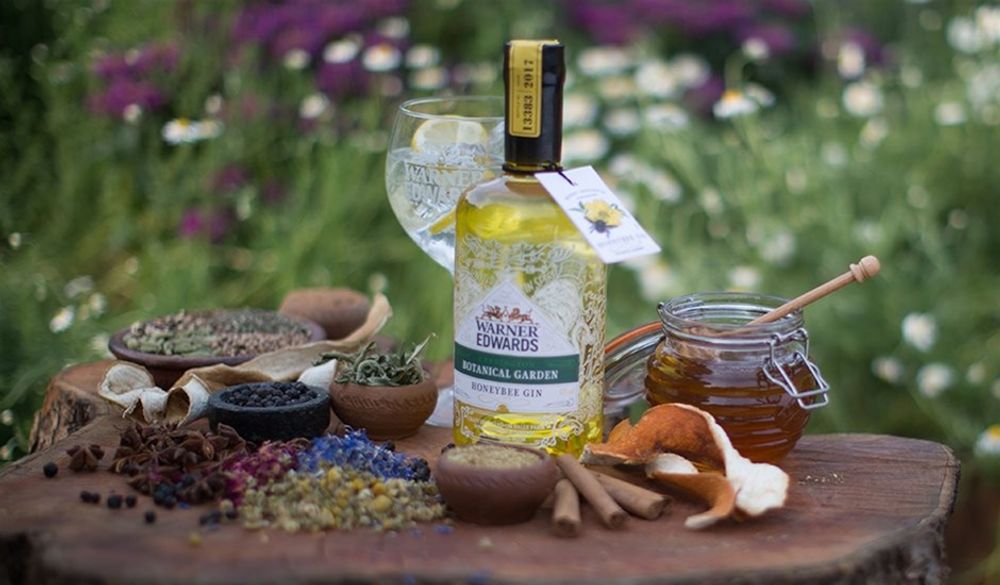
Despite the success of the brand to date, Warner believes there are still considerable opportunities for growth. “We’ve barely scratched the surface,” he says. “We are not in travel retail for example.”
“We are building a brand from the ground upwards, which reflects our identity, and we don’t really feel the mass market is he place for us at the moment. But never say never!”
Sales manager, Jon Hopkins, points out that the gin market is continuing to grow, boosted in no small part by the emergence and popularity of the flavoured gin category. “There are great opportunities for us in the on-trade,” he says, pointing to figures which show that the gin category is predicted to grow by a further 40% in the next four years.
“There seems to be an insatiable thirst amongst consumers for different gins,” he says. But he believes the “craft spirits bubble”, as he describes it, is in danger of becoming a victim of its own success. “There are now so many products on the market, it’s like Pokeman, people want to try them all.”
He points to the development of apps in which you can record all the different gins you have tried, which certainly encourages experimentation amongst consumers, but does nothing to engender brand loyalty.
“As a result, there is a risk that none of the craft gins will reach a critical mass that they need to survive, though hopefully we will weather the storm. But some of these guys launching now, are they going to make the cut, and how are they going to establish their point of difference?”
He believes the secret of Warner Edwards’ success is that the company’s growth has been via innovation underpinned by an ethical message woven into the brand, not to mention the quality of the product.
Smoke and mirrors
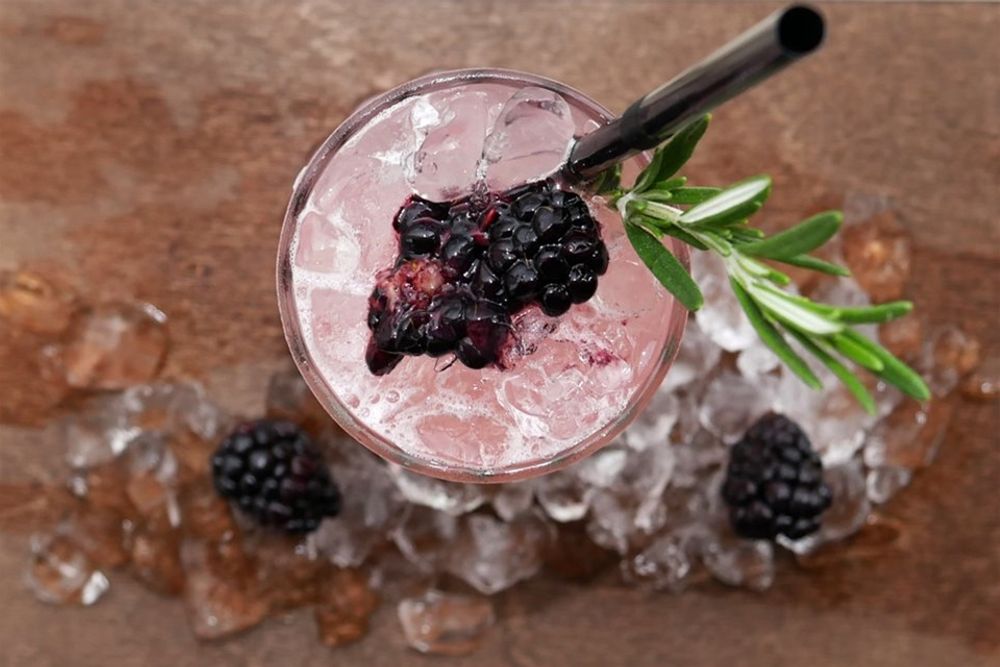
A bumble cocktail…or should that be bumble bee cocktail made with Warner Edwards gin
So what advice would he give to a bar manager in deciding which of the dizzying array of gins on the market to list?
“It’s all about how brave they want to be,” he says. It’s very easy to stock the classic evergreen brands, and the big players such as the Tanquerey’s and the Bombay Sapphires and the Hendricks. You need a range of premium gins and mixers, a menu offering something slightly different.”
But he warns of some of those gins which appear to be craft gins but are anything but. “There is a lot of smoke and mirrors out there, if you go onto a gin website and there isn’t a picture of a still, forget it. Some of these brands claim to be made in Shetland, but are actually produced in Birmingham, for example.”
And he advises caution too of the growing trend towards hyper-localisation, in which bars make the mistake of only stocking those artisan gins made locally.
“If that’s the route you go down you might not be stocking the very best quality,” he points out. “In Yorkshire, for example, they are passionate about Yorkshire products, and focusing on stocking only those gins from the county but they may be missing out.”
Warner also advises bars to introduce guest gins, or gins of the month, in the same way that guest ales have become very popular.
Export markets too, present distinct opportunities for this distinctly English gin brand. “We have a few strategic relationships at the moment, with some ongoing interest,” says Hopkins.
The company is currently selling some gin to Denmark, which happened on an organic basis, and have just agreed a listing with a German retailer in the Rhine Rhur region. “It’s 1,000 stores, and we don’t know what that is going to look like,” says Warner. “We also sell a small amount to Switzerland and Italy at present.”
Warner said he was also currently having “conversations” with interested parties in Australia and New Zealand, which are still ongoing.
But they will have to go out and get their hands on a lot more rhubarb and elderflower if, and when, that sort of success comes their way.

